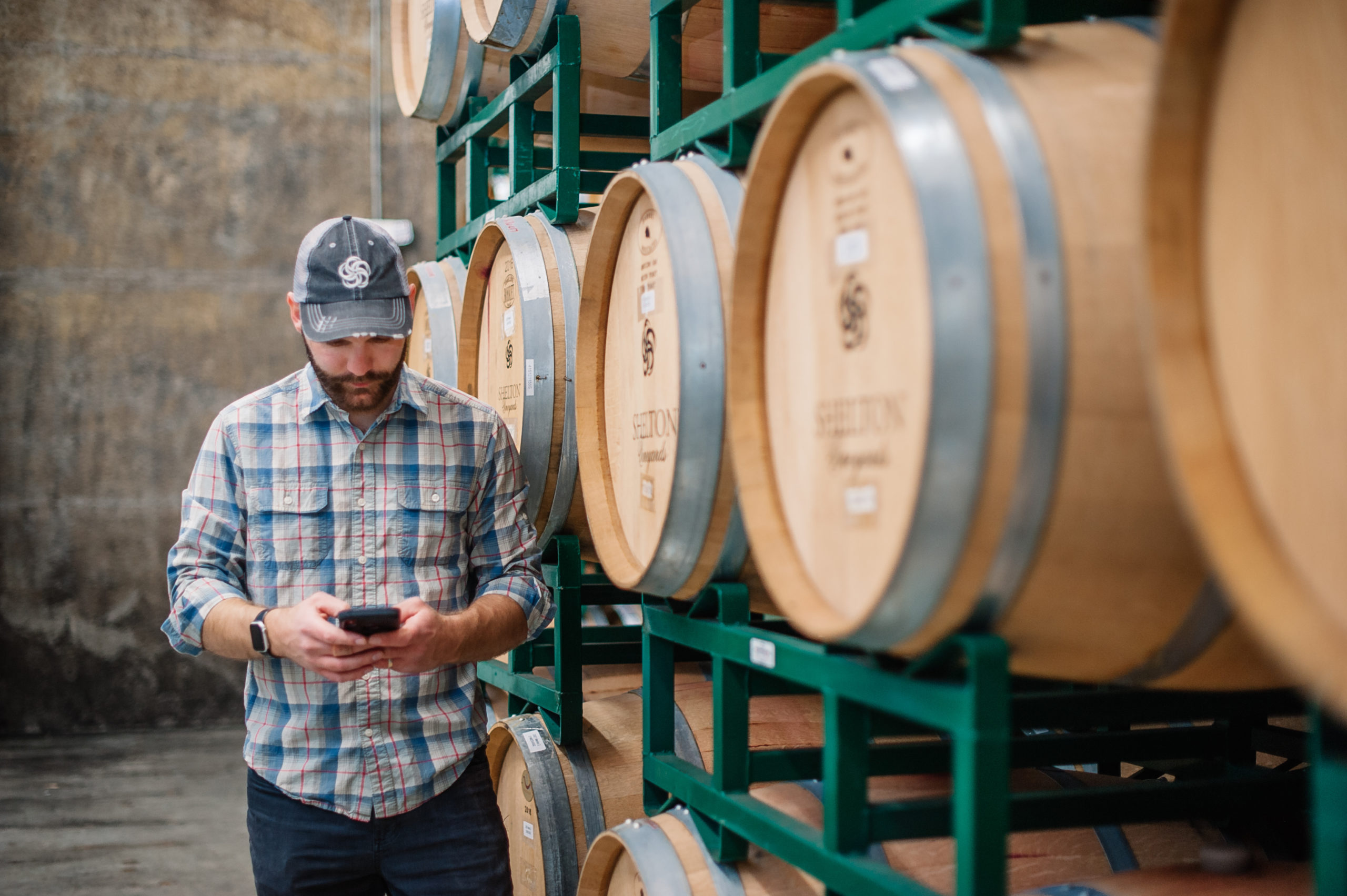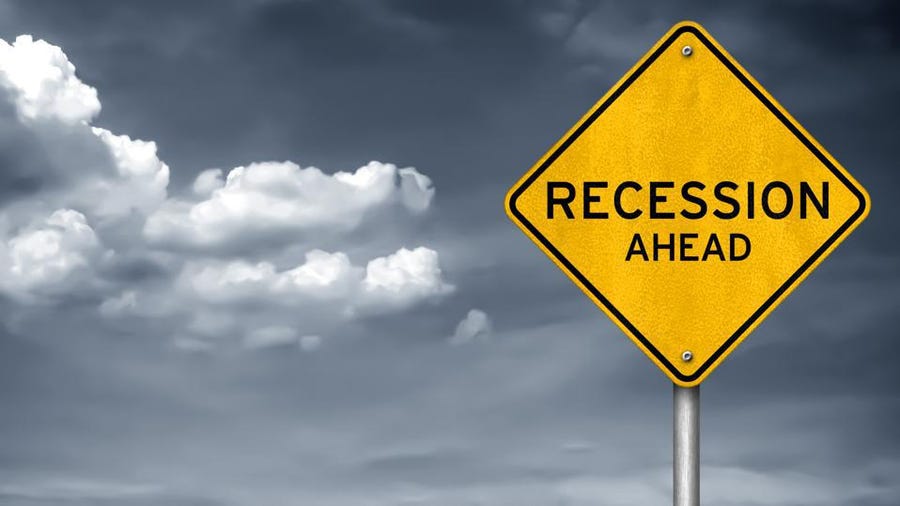Your winery’s cost of goods sold (COGS) might seem like just another number to keep track of, but in reality, it’s an essential part of keeping your business in tip top shape. Considering the amount of time between when you start making your wine and when it hits the shelves (that’s years in many cases), COGS is a big deal.
We were inspired by accounting firm Moss Adams to give you the Bible of winery COGS — everything you need to know about COGS as it relates to your business and tools to help you out along the way.
Table of Contents
What Is COGS?
Before we jump in, let’s start with some basic definitions.
COGP: Known as cost of goods produced, this calculation is the equivalent to your wine in process. This number takes into account all costs for making wine. This includes raw materials, services, labor, and overhead — direct and indirect costs incurred up to and through the point of bottling the finished wine.
COGS: Conversely, the cost of goods sold does not take into account all of the costs of making all of your wine. Instead, it is the costs incurred in making the wine sold in a specific period, like the month, quarter, or year.
Basically, everything you put into your product (or put your product in) for a period is going to factor into your COGS. Plus, labor!
Like we said, this stuff is very important! These calculations will ensure your business returns a healthy profit margin.
Getting the Team Together
Before executing on any grandiose plans, your team needs to be on the same page.
First, you need to identify stakeholders who will be touching COGS-related data points and management before implementing a system. It’s always a good idea to understand how your system works right now and where your points of weakness are. Plus, your team will be more willing to buy into a system that they’ve contributed to.
Additionally, you should figure out whether you need to enlist external help (accountants, bookkeepers, consultants, etc.) to help set and standardize your COGS procedures. We highly recommend that you hire an accountant if you don’t have one already. These professionals are just that: professionals. Their whole job is to make sure your business is in the best shape possible. Plus, they can provide context and standards beyond your tax numbers (including COGS)!
Reviewing Accounting Standards
This is the point in which you’ll really want a professional by your side. Whether that’s in your budget or not, there is a set of standards that can help you out.
It’s generally recommended that you stick to the U.S. Generally Accepted Accounting Principles (GAAP) for your COGS calculations. Companies whose stock is publicly traded are required to use these standards. Those whose stock is not public don’t have to adhere to GAAP, but doing so can really help you out in your tax filing. Plus, larger wineries may also be mandated to use U.S. GAAP because of the financial statements they use.
COGS is one category in the business expenses portion of your reporting. So, if you use these standards to calculate your COGS (or have your accountant help), you’re a step ahead when it comes to tax reporting.
Ledger Time
Now begins your standardization across the business for data and processes. Setting up your business’s ledger will let you clearly categorize costs you incur as a business, getting you one step closer to a COGS calculation.
Generally speaking, wineries record production costs within crush and ferment, cellar, and bottling cost centers. Then, they categorize costs based on the type of expenditure. Categories generally include materials, labor, and overhead.
- Materials: A pretty self-explanatory category, materials include things like grapes, bulk wine, and packaging supplies.
- Labor: From grape harvesting to winemaking to maintaining your facilities, labor is absolutely essential to making your product and, in turn, is an essential part of developing your costing.
- Overhead: Overhead is essentially everything else. Rent, equipment costs, and insurance are all included in your overhead. And that’s not all! Without your facility or your permits, you couldn’t produce. So, this is another important number to track.
Develop Internal Protocols
Now that you’ve collected feedback from your team and set up some standard categories and areas you’d like to keep track of, it’s time to develop standardized processes to keep everyone on track.
Data entry mistakes can have major implications for your overall calculations. So, we recommend implementing checks: this means having multiple people check each data point. It’s also important to remember that mistakes will happen. It’s just a part of doing business!
You should assign reporting tasks to your team to make sure all your bases are covered. A good way to delegate these tasks is by department. Your production team isn’t going to keep track of the same data as your tasting room team! Respond accordingly.
Opening up a line of communication between each of your teams and the accounting team is another important step of delegation. Your teams should feel like they can communicate with the top numbers folks at all times — this builds trust on both sides.
Beyond that, your staff can take a few extra precautions to ensure they’re maintaining accurate data for the business:
- Use detail. Moss Adams specifically recommends that the team verify and record the quantity and condition of grapes, packaging supplies, and bulk wine upon completing winemaking activities.
- Establish baselines. This will ensure that everyone is on the same page about what’s out of the ordinary and what isn’t.
- Notes, notes, notes. Detailed notes will add another layer of clarity to when there is an abnormality in your yield or wine volume.
- By the label. Record and communicate these final production counts by label to provide further data.
Creating a System for Winery Costing
Moving into the actual numbers part of things: costing.
First, gather feedback from your team (or observe them in the zone) to learn exactly how much labor goes into each case. This observation is going to give you more insight into how much your wine should cost. Like our ledger section mentions, labor, overhead, and materials are the internal factors you should consider when pricing your wine.
Our friends at Moss Adams say that a good costing system will include a personalized worksheet or process that mirrors your business’s production cycle. This should start with raw materials, add in labor, overhead, and other costs, and end with your product on the shelf.
Staying organized and having a guide from start to finish will give your accounting team accurate balances for every step of the winemaking process. This will be tremendously helpful when your business’s taxes get filed so the team has detailed balance sheet assets including bulk and cased wine inventory values, capitalized expenses, and eventually, the revenue and COGS.
You’ll need to calculate shared costs as well. For example, if your facility is 10,000 square feet but different amounts of space are used by each department, that’s something to factor into costing and budgeting.
Inventory Management for Your Winery
Creating a consistent routine when it comes to your winery’s inventory processes is an essential part of being a profitable business. While we all wish we could pursue our passion projects with no regard for the finances, that isn’t the reality for most business owners.
Wineries are in a particularly tricky spot. You could be using materials for a lot in 2022 that you purchased in 2020 — that is not an unusual situation! There isn’t just one right answer to inventory, so no matter what you have going on, just be consistent.
Now, let’s look at some potential methods you could use to manage inventory:
- Specific Identification (SPID): In SPID, the cost of each inventory item is tracked from purchase to bottling. Accurate data input and recordkeeping is really important to this option because it calculates exact juice and wine yields for each vintage and grape varietal in your inventory (sometimes by vineyard and vineyard block) and individual barrels used for each wine lot.
- First-In First-Out (FIFO): This method assumes that items flow through inventory in the order they were purchased or produced. In other words, the oldest vintages are sold first. However, this is not always the case with wine.
- Average Cost: This method values inventory based on the average cost of all similar items available during the period. When costs aren’t easy to trace, it may be preferred to use an average, weighted average, or other ratio for applying costs. This method is also appropriate for consumable supplies, such as yeast and sulfur, or general costs, such as storage, utilities, and labor.
- Last-In First-Out (LIFO): This method assumes the most recently purchased or produced inventory items are the first items to be sold. This method doesn’t work for most wineries because wine is usually vintage-dated and older wines are sold before newer wine. If you choose this method, you also must use it for financial reporting.
While you’re evaluating these methods for inventory tracking, you should also commit to performing a physical inventory count. We know, it’s a painful process to execute. But it will pay off when your system is working better than ever (and your team quits asking you about inventory they can’t seem to find). Plus, there are ways to make it more efficient and accurate.
Here’s what Moss Adams recommends:
- Implement clear inventory count procedures and communicate them with the whole team.
- Assign multiple employees to independently check and supervise the count.
- Consider blind counts: in this method, employees who are counting won’t have access to inventory numbers and will likely come out with more accurate counts.
- Include more than just your inventory team. Production, sales, and accounting should all have a hand too.
- Consider pausing moving any inventory while you complete counts — delay sending out orders and shipping if possible to keep things simple. Be sure to coordinate this pause with production, sales, and accounting.
- One person should be designated to reconciling differences and ending the count officially
- Report final numbers in the same units so calculations and formulas can be applied uniformly.
Use Technology to Improve Wine COGS Accuracy
Technology is your friend when it comes to tracking and making calculations from data. From accounting software to business management to POS, it’s all meant to take a load off of you.
If you’re coming from a business that hasn’t historically used technology, don’t be afraid of it. Sure, the 20 paper spreadsheets your team uses might “work” (sort of). But there is a better way. For better accuracy and visibility across the business, we highly recommend taking the leap and reaping the benefits of a system that works for you.
There are many areas where technology can help you out. Here are just a few:
Accounting Software
Accounting software systems like QuickBooks and Xero allow your team to keep track of accounting numbers, like your COGS and business expenses, and stay on track throughout the year. Accounting software can be one of your biggest resources if you let it. Accounting software also allows your team to collaborate with your accountant and ensure your numbers are as accurate as possible.
POS Systems
Systems like Commerce7 and Square are point-of-sale systems. These can help you track and reconcile payments in your business. These data points can be really useful as you plan production and shift your product lines: they tell you what’s selling and what isn’t. Additionally, POS systems can act as a safeguard against cash theft and employees dipping into the wine supply! Having a digital tracking system will deter thefts of both forms.
Ecommerce Platforms
Similarly to POS, ecommerce lets you know what’s selling in your business. Ecommerce platforms like Shopify allow you to host your products for sale online, giving you agency over how your products are sold and insight into what’s going and what isn’t.
Winery Management Software
Winery management software serves as a central hub for your business’s records and reports, housing data about inventory, production, and sales activities. The goal of winery management systems is to give you a holistic view of your business and deliver insights for better decision-making. Winery software, such as Ekos, can help you maximize sales and boost visibility across the business. Ekos gives you a blended cost of goods sold so you can make informed decisions about your winery and its pricing strategy at any given moment.
For Thomas Allen Vineyards, Ekos’s COGS features saved them from blind spots and gave them a leg up on their pricing when a case came out to be several dollars more than anticipated. With Ekos, they could see that a paper substitution caused the increase.
By integrating your business management software with other tech solutions like your POS and ecommerce software, you can easily sync data end-to-end to get the most accurate picture of your costs with the least amount of manual data entry.
All in all, COGS is an essential part of running your winery, and though the way to get there might be tedious, the tools and resources you have available in technological and accounting solutions like Ekos and Moss Adams make a daunting task a lot less scary.
As a reminder, while we partnered with an accounting firm, we are not accountants ourselves. If you have specific questions or need advice, you should ask your accountant.
If you want to dive deeper into this topic, check out these blogs from our friends at Moss Adams:



